By using our website, you agree to the use of cookies as described in our Cookie Policy
a
Rss Feed
How Coastal Climate Shapes Home Design on the East vs. West Coast
Homes built near the sea must adapt to their surroundings. Each coast has its own climate, which affects every part of a house. The air, temperature, and weather patterns influence materials, shapes, and even how people use their spaces. Understanding how coastal climate shapes home design helps homeowners and builders make smarter decisions that last.
The East and West Coasts face very different conditions. The East deals with humidity and strong storms, while the West faces dry air, salt exposure, and earthquakes. Builders must plan for these contrasts. The result is a rich mix of architectural solutions that reflect both environment and lifestyle.
East Coast Climate Challenges — Building for Humidity, Hurricanes, and Salt Air
The East Coast’s weather changes from cold winters in the north to tropical storms in the south. Heavy rain, salt air, and high humidity are constant threats. Homes must breathe well to stay dry and safe. Designers adapt to these climate conditions by using raised foundations, strong roofs, and shutters to protect against hurricanes. Good airflow helps reduce moisture buildup, protecting wood and insulation.
Builders also choose durable materials. Treated wood, brick, and fiber cement siding resist decay and corrosion. As a matter of fact, many older homes in places like Charleston and Savannah already show these smart choices. Tall porches, high windows, and steep roofs allow air to move freely, keeping interiors cool. Over time, these features have become iconic elements of East Coast charm, blending tradition with survival needs.
West Coast Climate Dynamics — Designing for Sun, Salt, and Seismic Shifts
The Pacific Coast presents an entirely different challenge. Dry summers, cool ocean winds, and mild winters define its rhythm. Homes here need to handle heat, sunlight, and occasional salt spray. Designers focus on open layouts, shaded spaces, and materials that can handle long exposure to the sun. Concrete, stucco, and metal are popular because they resist cracking and fading.
In contrast, the West Coast must also plan for earthquakes. Builders use flexible frames and deep foundations to absorb movement. Safety features blend with modern design. Energy efficiency is another priority. Large windows, passive cooling, and solar panels help homes stay comfortable year-round. These homes show how style and sustainability can exist together while protecting people from natural forces.
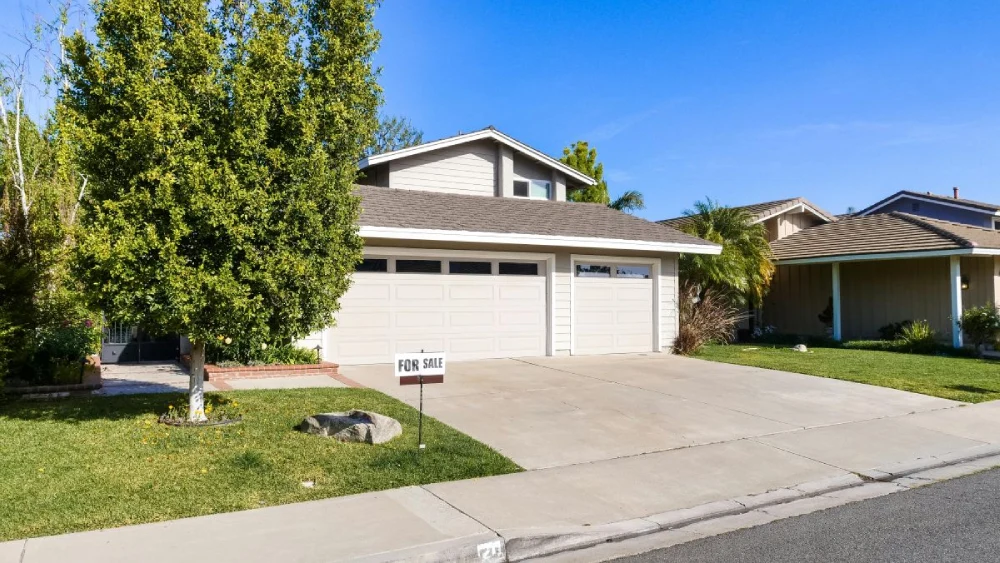 Homes built near the sea must adapt to their surroundings
Homes built near the sea must adapt to their surroundings
Lifestyle and Aesthetics — Living Comfortably by the Coast
Lifestyle deeply influences how people design and enjoy their homes. On the East Coast, outdoor living often centers around shaded porches and screened verandas—comfortable spaces that offer relief from summer heat and protection from rain or insects. In contrast, West Coast living embraces openness, featuring wide patios, glass walls, and seamless indoor-outdoor transitions that make the most of ocean views and fresh air.
Architecturally, the two coasts also tell different stories. East Coast homes often display symmetry and detail inspired by traditional design, while West Coast properties tend to favor modern minimalism, clean lines, and natural textures. Each approach reflects the region’s climate and character—insulation and structure on one side, light and flow on the other. Both capture the rhythm of coastal living in their own way.
For anyone captivated by the opposite coast’s atmosphere, a lifestyle shift may be worth exploring. However, before diving in, think through what such a move requires. When planning a cross-country move, it helps to map out your timeline carefully, budget for long-distance expenses, and choose specialized cross-country services that simplify logistics. These steps can turn a major relocation into a manageable transition. Whether you’re trading East Coast tradition for West Coast ease or the other way around, preparation allows you to settle comfortably and start enjoying a new chapter by the sea.
Materials and Methods — How Builders Adapt to Each Coast’s Demands
Material choice is the first step in natural disaster protection. On the East Coast, cedar and treated lumber are common. They perform well in moist, salty conditions. Fiber cement siding resists both fire and water damage. By comparison, West Coast builders often rely on steel, concrete, and stucco. These materials stand up better to dry air, earthquakes, and high sun exposure.
To illustrate, paint formulas and coatings also differ between coasts. The East needs finishes that resist mold and mildew, while the West needs UV protection to stop fading. Builders also think about insulation. In humid regions, vapor barriers are essential, while in dry climates, breathable walls help control heat. Building codes support these local needs, ensuring each home matches its setting. These small differences make a big impact on comfort and durability.
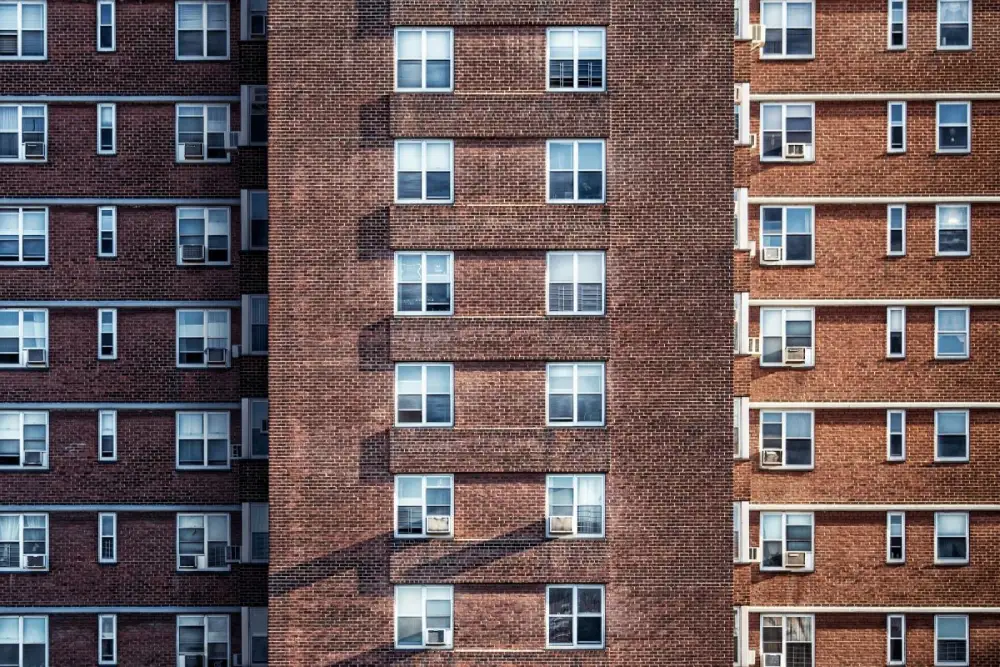 Architects also plan for rising sea levels and stronger storms
Architects also plan for rising sea levels and stronger storms
Innovations and Future Trends in Coastal Home Design
Modern technology is changing how builders handle coastal challenges. Weather sensors now help control air quality and humidity. Automated systems adjust airflow, blinds, and lighting to save energy. Besides, new building materials are emerging that resist corrosion, reduce heat gain, and store less moisture. Innovation allows homes to survive longer and perform better.
Architects also plan for rising sea levels and stronger storms. Elevated designs, green roofs, and water-permeable surfaces are growing in popularity. Furthermore, many homeowners prefer modular or prefabricated homes built off-site, reducing waste and construction time. Designers use renewable resources such as bamboo and reclaimed wood. Sustainability is no longer a trend; it’s a necessity for coastal living. Builders are proving that strength, comfort, and beauty can work together even in harsh environments.
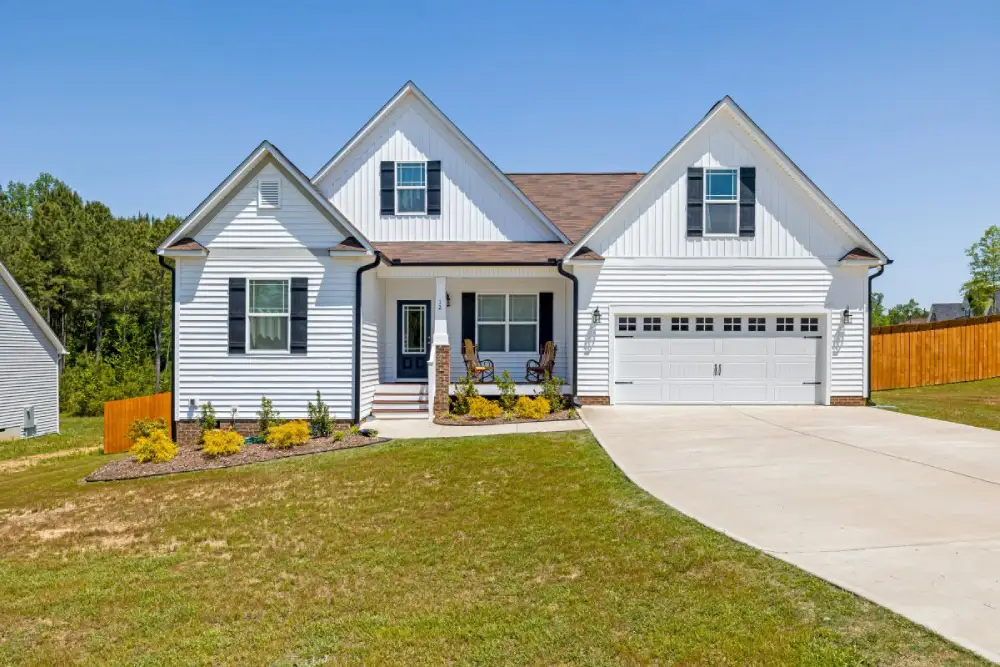 The way coastal climate shapes home design shows how deeply weather and geography guide human creativity
The way coastal climate shapes home design shows how deeply weather and geography guide human creativity
How Coastal Climate Shapes Home Design on the East vs. West Coast
The environment influences every part of coastal living. The way coastal climate shapes home design shows how deeply weather and geography guide human creativity. Each region’s architecture tells a story of adaptation, protection, and style. Builders and homeowners who understand these forces can create homes that last for generations.
Ultimately, whether facing hurricanes or earthquakes, coastal homes share one purpose — to live peacefully beside the sea. The East Coast’s timeless porches and the West Coast’s modern retreats both reveal how people adjust to their climates. In summary, coastal design is more than appearance; it’s a practical response to nature’s challenges. These homes prove that smart design, guided by local climate, is the key to comfort, resilience, and coastal living done right.
Pics:
https://www.pexels.com/photo/person-showing-buildings-221506/
https://www.pexels.com/photo/for-sale-sign-in-front-of-a-house-7578848/
https://www.pexels.com/photo/brown-apartment-36366/
https://www.pexels.com/photo/concrete-paving-on-driveway-8031952/
‹ Back


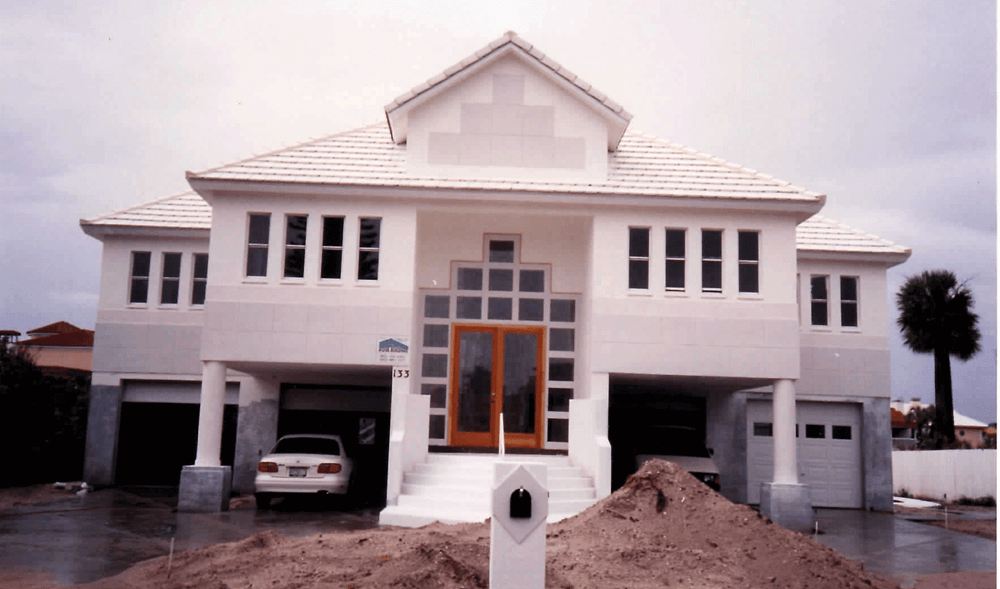
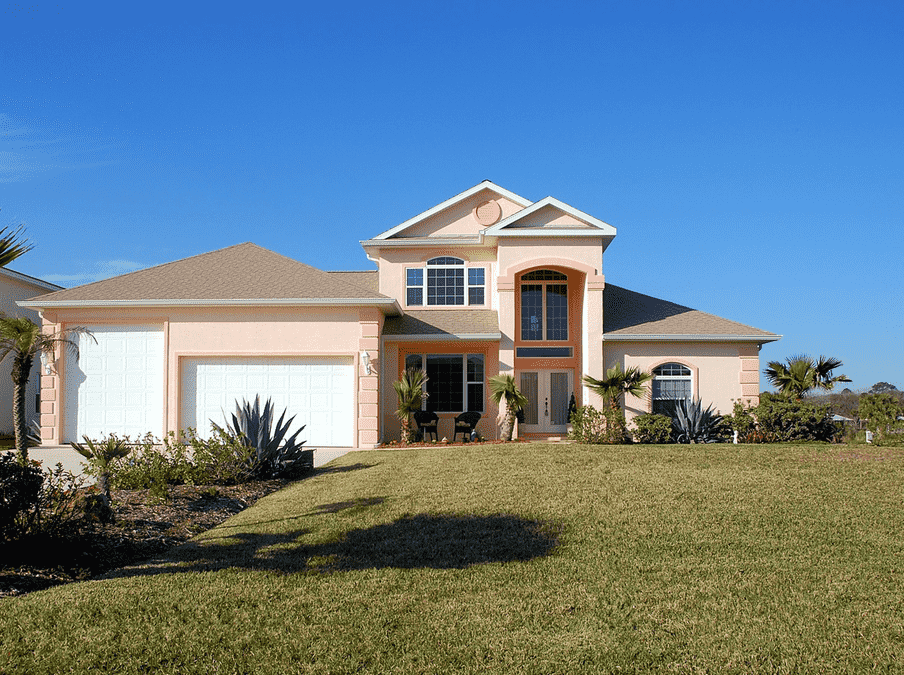


.png)
